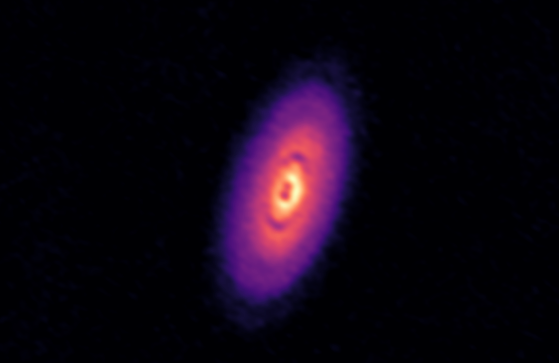
From access cards and key fobs to Blu...
Read More

From access cards and key fobs to Blu...
Read More
Revolutionary design could combine superconductor levitation, lossless electricity transmission, and liquid hydrogen transportation into one system. Superconductors can conduct electricity without any resistance or power loss, and they can effortlessly cause magnets to levitate above them. These properties would make superconductors useful for high-speed trains or long-distance power transmission, except for one glaring problem: superconductors only work at low temperatures, more than a hundred degrees below zero.
This one requirement makes building a hyperefficient electrical grid or high-speed rail netwo...
Read MoreThe exoplanet was detected using machine learning, a branch of artificial intelligence

A University of Georgia research team has confirmed evidence of a previously unknown planet outside of our solar system, and they used machine learning tools to detect it.
A recent study by the team showed that machine learning can correctly determine if an exoplanet is present by looking in protoplanetary disks, the gas around newly formed stars.
The newly published findings represent a first step toward using machine learning to identify previously overlooked exoplanets.
“We confirmed the planet using traditional techniques, but our models directed us to run those simulations and showed us exactly where the planet might be,” said Jason Terry, doctoral student in the UGA Franklin Colleg...
Read More
Recent Comments